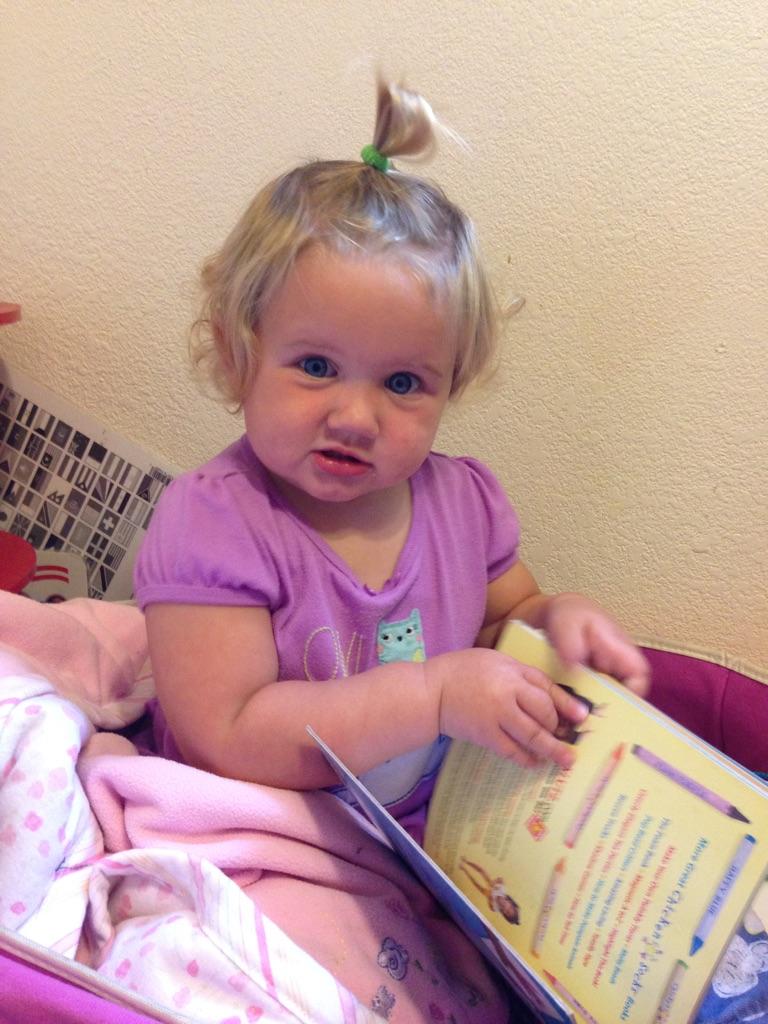
First, a brief historical perspective. Best ways to teach reading to children (and adults) have been debated for over a hundred years. Cracking the code continues to be studied and discussed. I learned to read with Dick and Jane. Technology has vastly improved learning opportunities, but I do not believe in learning to read on a screen.
I believe there is no one perfect method, or pedagogy, no one program that teaches everyone to read. Reading programs come and go, skills remain the same.
As early as 1955, Rudolph Flesch initiated a campaign against children being taught to read with look-say (whole word) methods. He advocated phonics, or word part instruction.
Look-say, a whole language technique ruled in 1967 when researcher Jeanne Chall wrote her classic Learning to Read: The Great Debate. Educators at that time were pretty equally divided into two camps: whole language methods (whole word) or the code emphasis, phonics. Hopefully, both methods were used in tandem.
So, basically for many years educators argued there were only two ways to teach reading, whole word- reading for meaning emphasis, or phonics, teaching the alphabetic principle, breaking words into parts.
Reading is a much more complex process, with a mechanical aspect I will be blogging about next time, including emotional factors, physiological elements, and visual-perceptual issues.
For today, let’s just focus on the joy of the emerging reader. This darling photo tells us a lot of things obvious at this stage, starting with the sheer joy of pre-reading. The rest comes later.
There’s no method to start with and please, no readiness assessments. By two months babies are already articulating speech sounds, “baby babble”. Language continues to develop and reading at least 15-20 minutes a day is a great start for language and speech development. The whole family can read to younger siblings.
Littles enjoy word play, nursery rhymes, rhymes, rhythm, predictable patters, puppets, singing and chanting. Reading is such a grand time to show off your mini and big voice, act out the story. Tell it over and over as your child asks you to.
Here are 12 things you are already instinctively doing which teach youngsters pre-reading skills.
- Have lots of colorful board, bathtub books, classics, picture books available throughout the house.
- Toddlers and young children love reading nooks, crannies and special places to share reading, not just in bed before lights out.
- Avoid using screen time for reading stories before bed. Use real hold- in- the hands books.
- Book handling is important. Teach your child not to rip pages, practice turning the pages, be gentle. Show left and right. Start pointing out letters and words, unless a picture book. Look at the front and back covers. Who’s the author?
- Your child is watching how you hold a book, how your eyes move, that you read from left to right. Hold the book up, at approx. a 45 degree angle. Books should not lay flat on bed, desk or table. (easier to read).
- If you know your child is a lefty, practice tilting the book and you may sit slightly behind your child, whatever makes it easier.
- You are modeling directionality, that is, English is read from left to right.
- You are teaching concepts of print at this stage. Sounds make letters, letters make words. Start with sounds, of course. The kiddos are not ready to start forming words.
- Start identifying upper and lower case letters and easy sight words, such as the words Look, Go, See. Use a pointer, your finger, or a chopstick.
- Stay patient when your child starts memorizing the book. This is normal. ‘Reading the book to you’ is a natural part of the process.
- Go to the library.
- You Tube stories are hit and miss. If you have a good source, use it, but not at night, please. Snuggle with a book, not a screen. No Kindle.
While you read to your child, use silly voices, ask your child, when old enough to ‘read with you’, and repeat words and phrases. Make predictions or guesses what the book or page will be about. Then summarize. Be letter and word detectives. Sing and move.
HAVE FUN! Use musical instruments or tap out some of the more rhythmic books, such as Jesse Bear, What Will You Wear? or Chicka Chicka Boom Boom, etc.
When the whole family reads, babies and kids are more likely to read. It all starts with lap reading, a joyous experience. I encourage you to read with your children long past toddler time. But just for now, savor the feel of your child in your arms, or sitting close by.
Sharing stories is one of life’s greatest pleasures. You are already on the way to creating a capable, confident, lifelong reader!
Id’ love to hear from you! Be sure to check out my blogs and FB page. There are 54 blogs available for you, with three fab. guest blogs.
My FB page is filled with great reading resources, inspiring literacy stories, loads of lesson starters for your kids and silly stuff to get you smiling. I’m also on Twitter @Rita Wirtz and that’s a whole different story.
Leaving footprints on your reading hearts, Rita

